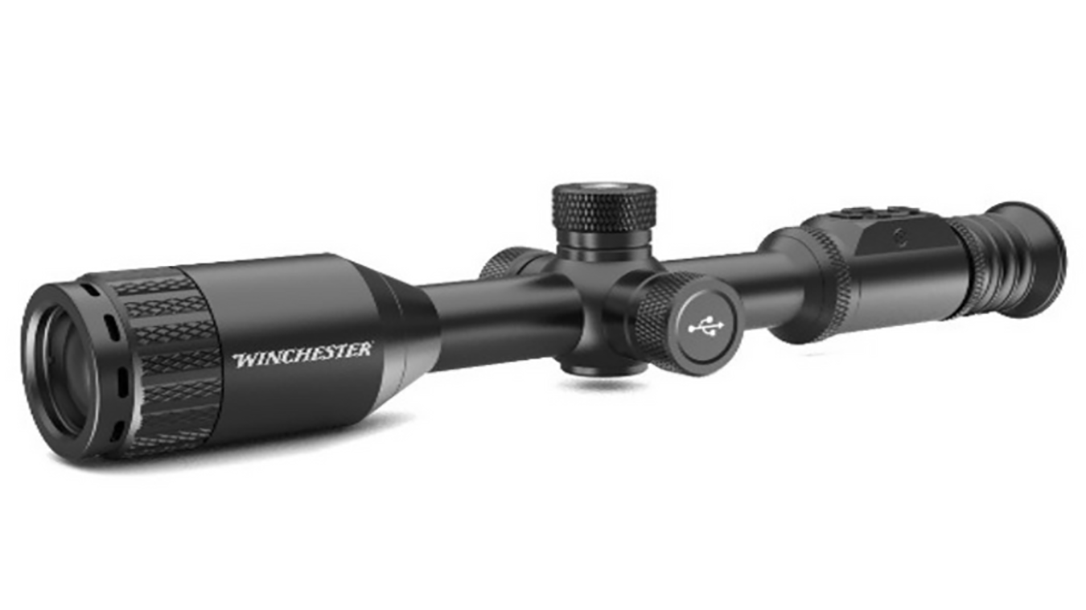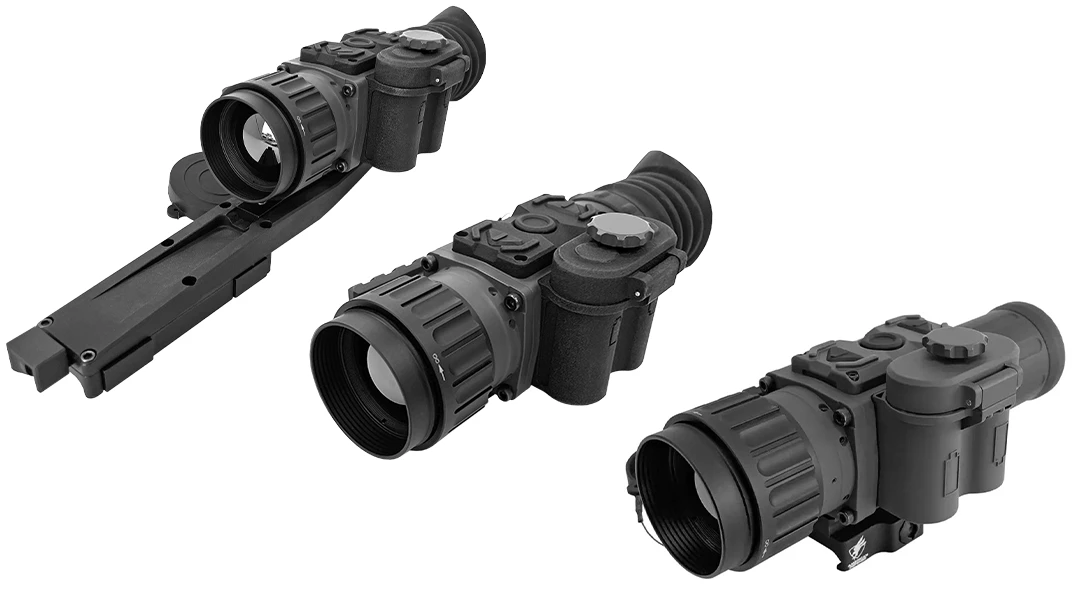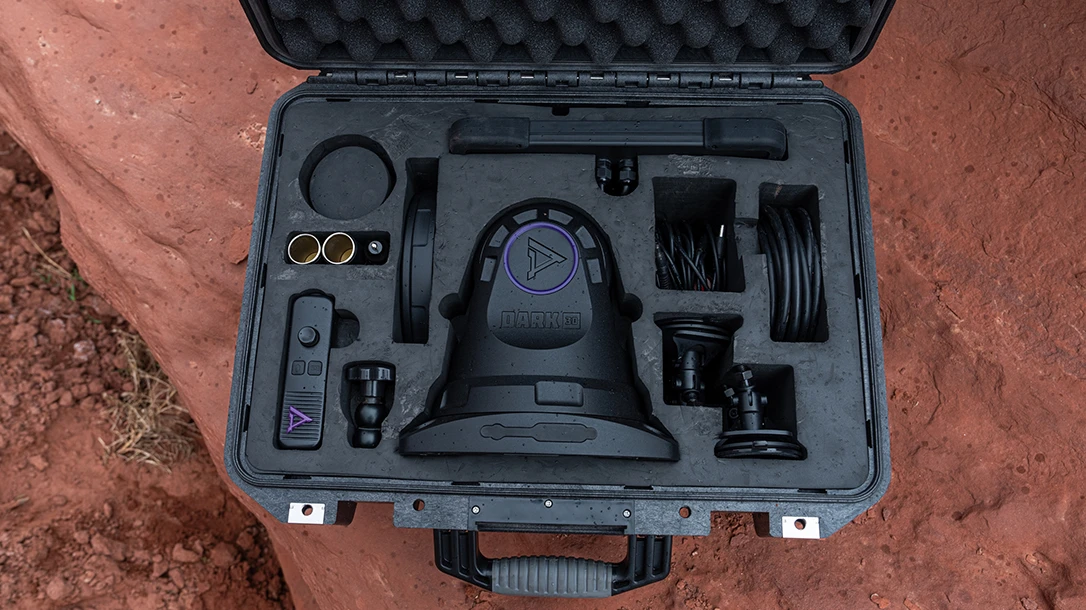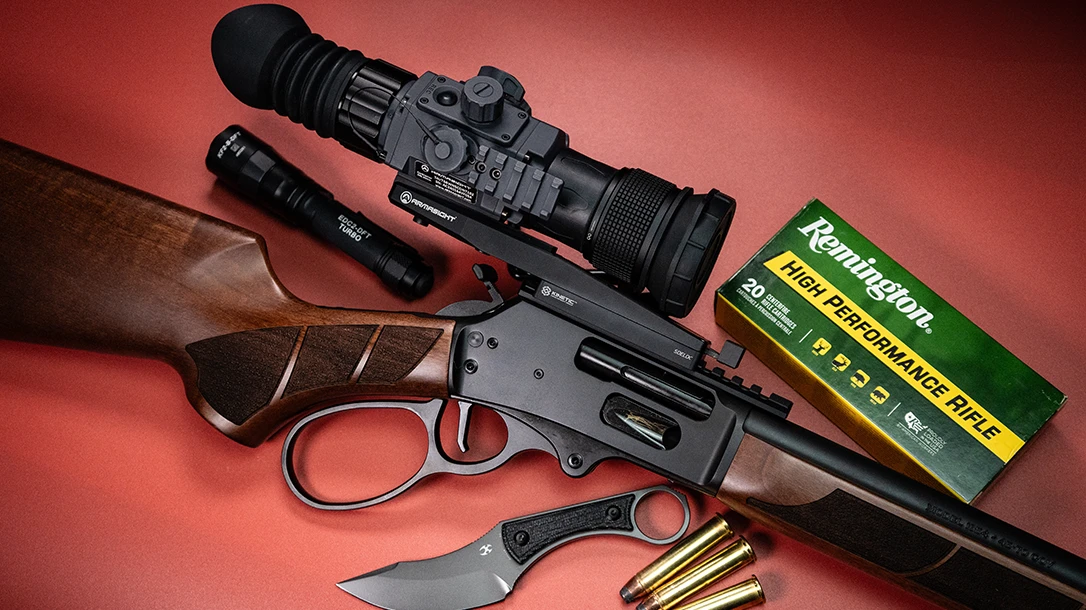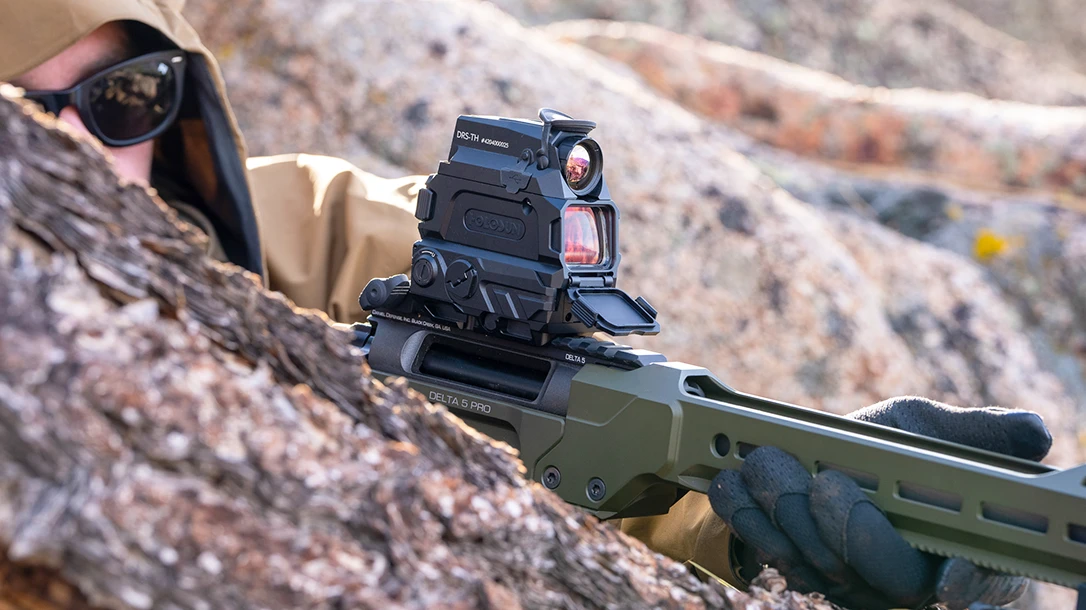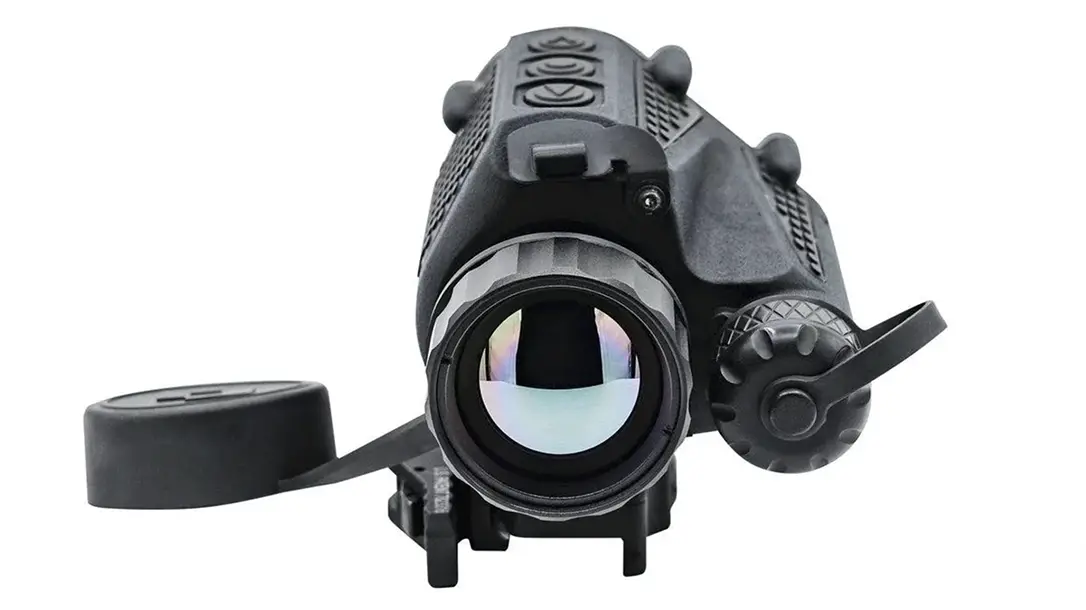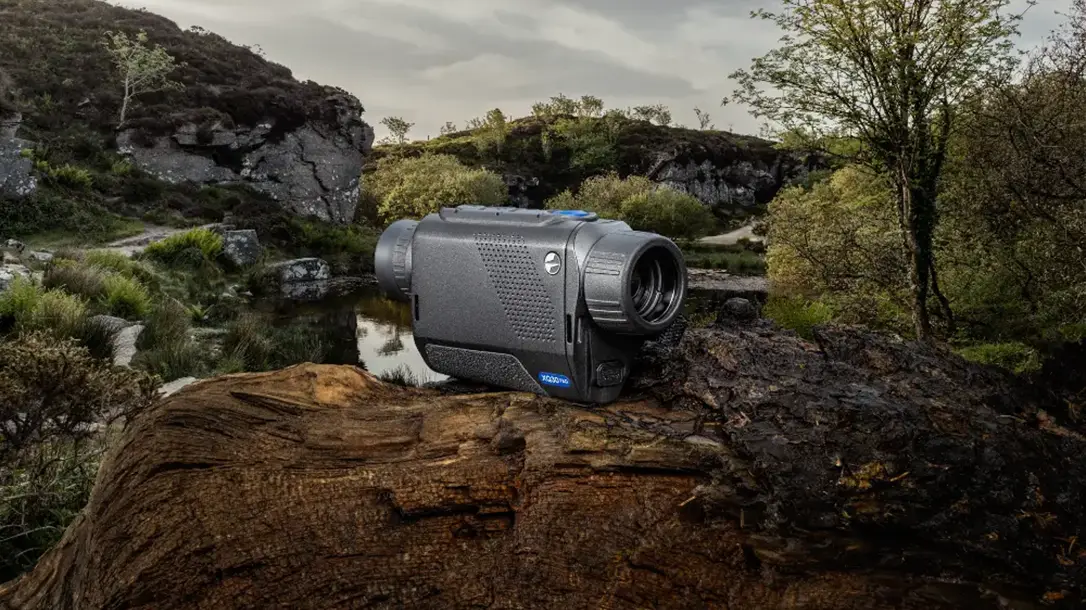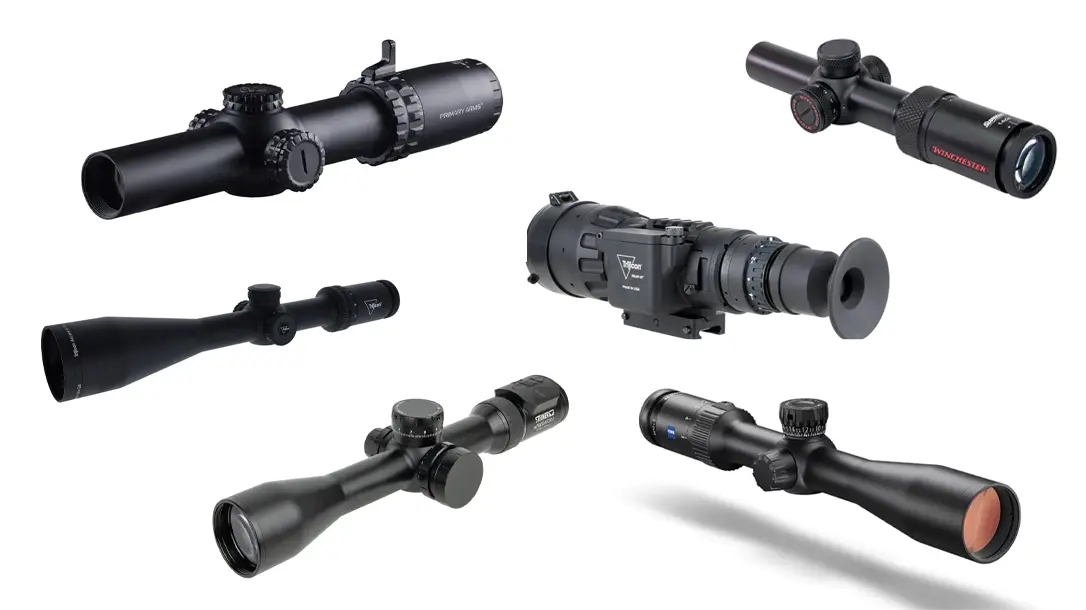Night and Thermal Vision
Thermal Vision
Thermal vision devices, such as thermal cameras, heat vision optics, thermal scopes, and thermal viewers, are all devices that allow you to see in the dark or through fog and smoke. They work by detecting the infrared radiation emitted by objects and then converting that information into a visible image.
Thermal cameras are often used in security applications, as they can detect intruders even when there is no light. Heat vision optics can be used for hunting, as they can help you to spot animals in low-light conditions.
Thermal scopes and thermal viewers are also used in a variety of industrial and scientific applications. Most people are familiar with the concept of thermal vision from movies and television. In reality, thermal vision is a bit different. Here’s a look at how it works and what you can expect from it.
Thermal vision is the ability to see heat signatures. It’s used in a variety of settings, from search and rescue operations to military applications.
Thermal cameras work by detecting infrared radiation. This is the part of the electromagnetic spectrum that we feel as heat. Thermal cameras convert this radiation into an image that we can see. The warmer an object is, the more infrared radiation it emits. This makes it possible to use thermal optics to spot people or animals in low-light conditions. It can also be used to detect objects that are hidden from view, such as heat leaks in a building or underground cables.
Thermal optics aren’t perfect, however. It’s limited by the amount of infrared radiation an object emits, so it doesn’t work well in very cold environments. Additionally, objects that are the same temperature as their surroundings can be difficult to spot.
